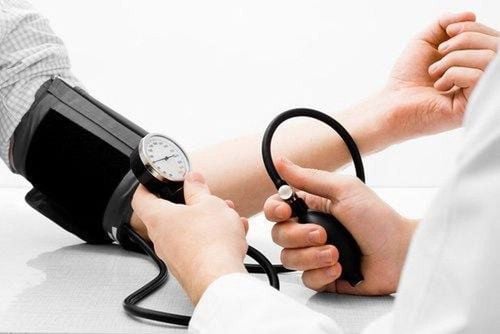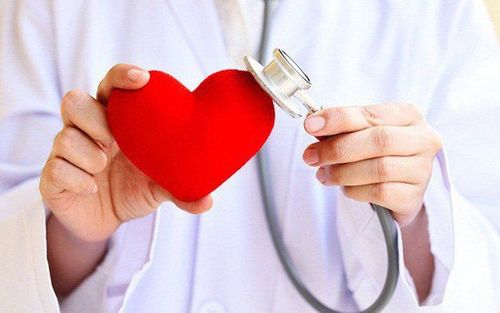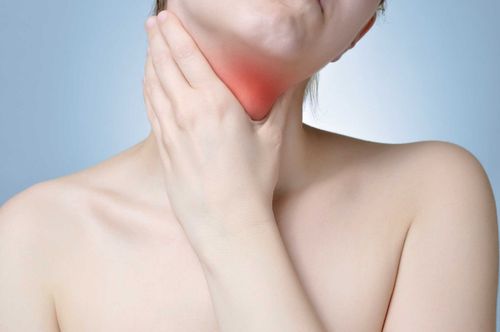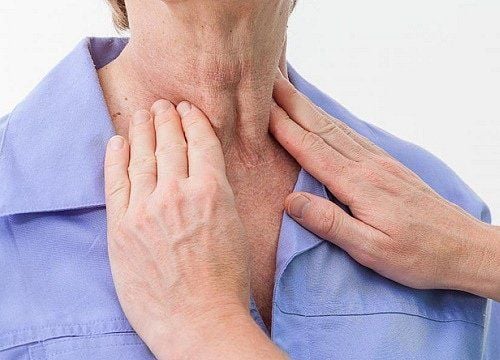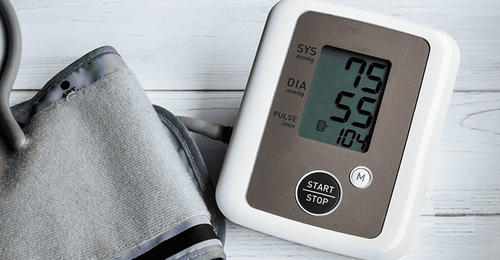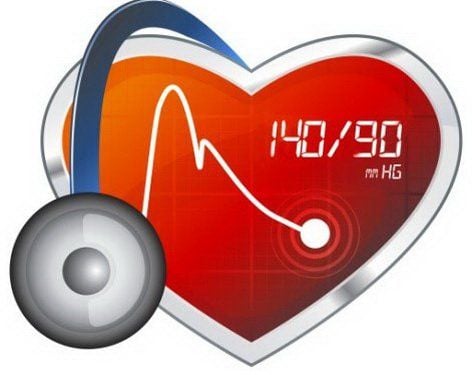This is an automatically translated article.
Cerebral stroke consists of sudden, focal disorders of the central nervous system due to decreased blood supply to the brain. The disease causes dangerous complications such as hemiplegia and is the third leading cause of death after cancer and cardiovascular disease. Early exercise for people with stroke contributes to reducing mortality from complications of pneumonia, urinary tract infections .... limiting ulcers and helping patients recover quickly.1. What is a brain stroke?
A stroke, also known as a cerebrovascular accident, is a serious brain injury that occurs when the blood supply to the brain is reduced due to an interruption or a blood vessel in the brain burst. At that time, the amount of oxygen and nutrients feeding the brain cells will be significantly reduced.Within minutes, brain cells will gradually die and cause many life-threatening complications.
2. Complications of brain stroke
Complications of a stroke can include:Difficulty moving, movement Stiffness, contracture or joint deformity. Spasticity is an unintentional stiffening of muscles, even at rest, that interferes with movement and daily activities. The muscle on the side of the paralyzed side is spastic and shorter than the healthy side. Paralysed hand The paralyzed hip is higher than the other side The hip, knee, ankle joint are stretched Difficulty in communication such as: difficulty speaking, slurred speech, indistinct speech,..., swallowing, reading and writing disorders least. Unable to carry out activities and personal activities on their own, needing help from others or supporting tools.
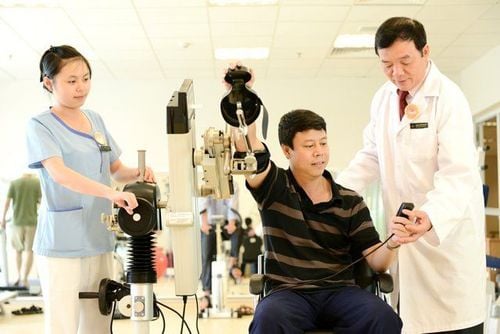
Tập vận động sớm cho người bị đột quỵ não giúp người bệnh nhanh chóng hồi phục
3. Rehabilitation after brain stroke
Indication for early rehabilitation is indicated when the patient meets the following 3 conditions:For patients with cerebral stroke over 18 years old NIHSS score < 16 OR modified Rankin score (mRS) < 4. Mean measured blood pressure 80 - 100 mmHg. There are no other contraindications and should be performed in patients 2 days after stroke.
Preparation includes:
Performer: Rehabilitation specialist. Physiotherapy technician Machines and equipment: Blood pressure monitor, SpO2 meter Steps include:
Step 1: Assign the patient to sit early based on criteria, consultation and consensus board, including clinicians and rehabilitation physicians. Step 2: Check the patient's pulse and blood pressure. Still save the meter for monitoring. Step 3: Raise the head of the bed slowly to about 30 -45 degrees, stop for a few minutes, check the patient's blood pressure. If the systolic blood pressure does not fall by more than 20 cm of mercury compared to the lying position, continue to turn the bed up until the patient is in a sitting position (note: legs are still on the bed). Then check the blood pressure after 5 minutes if the blood pressure is ok, let the patient sit with the legs hanging loosely outside the bedside for 5 minutes for the first time sitting up. Have the patient sit in this position for 10-20 minutes. During this time, continue to monitor the patient's systolic blood pressure and mental status. If the systolic blood pressure drops by more than 20cm of mercury compared to the lying position or the patient's consciousness is worse (more confused than before sitting): Conduct the patient to lie down again. Step 4: If the patient is seated for the first time, the doctor may decide for the patient to practice standing the next day and can proceed early to moving by means of assistance such as a chair or a car. rolling. Time after the patient's condition has improved a lot: the technician will instruct the patient and supportive family members to help the patient to sit up on their own. When the patient is sitting relatively stable, the patient can practice sitting on their own and practice sliding their hands on the table to prepare for the exercise of balance and standing up and sitting down later. The exercise time depends on the patient's health condition, it can be from 10 to 30 minutes. Vinmec International General Hospital currently owns a 3.0 Tesla MRI System, which is equipped with state-of-the-art equipment by GE Healthcare (USA) with high image quality, allowing for a comprehensive assessment, without omitting injuries, but reduce shooting time. Silent technology helps to reduce noise, create comfort and reduce stress for customers during shooting, resulting in better image quality and shorter shooting time. With the state-of-the-art MRI system and application of modern cerebral vascular intervention methods, a team of experienced and well-trained neurologists and imaging specialists.
The hospital also has a Rehabilitation Department that helps with physical therapy and rehabilitation for all patients after brain injuries. All examination and treatment procedures are performed by a team of doctors and experts with many years of experience, so customers can completely trust the medical quality at Vinmec.
Please dial HOTLINE for more information or register for an appointment HERE. Download MyVinmec app to make appointments faster and to manage your bookings easily.
Source: Ministry of Health



